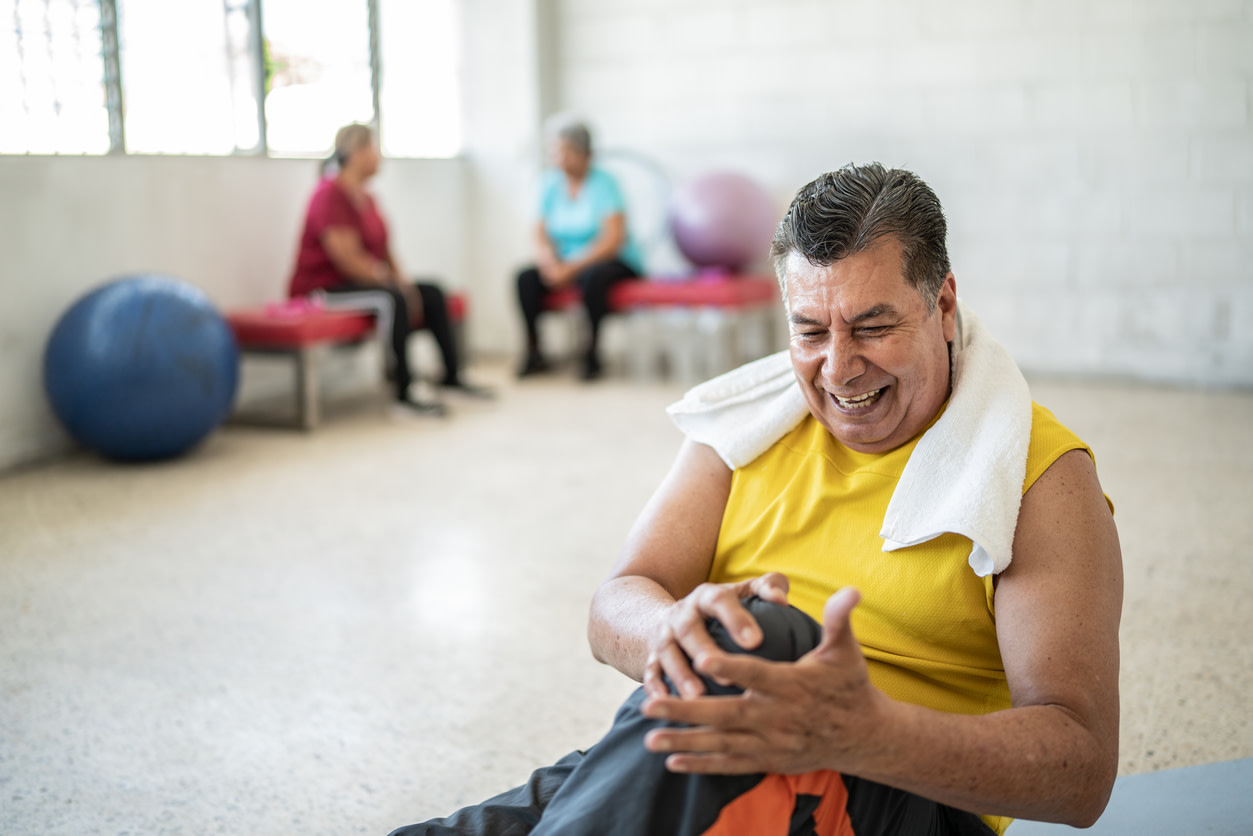Improving Knee Health: A Hinge Health Guide
Discover how to improve knee health and stay mobile with tips and exercises recommended by physical therapists.
0 $ pour vous
Date de publication : Oct 10, 2024
Table des matières
Fully covered knee pain relief
Find relief from knee pain, knee locking, stiff knees, & more.
Check if I'm eligibleDaily Exercises for Knee Health
Want expert care? Check if you're covered for our free program →- Squats
- Lunges
- Hip Flexor Stretch
- Calf Raises
- Bridges
- Hamstring Stretch
